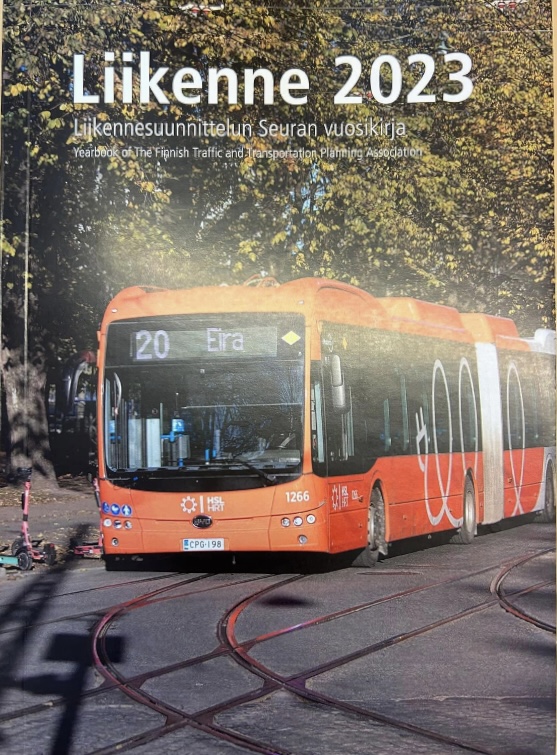Zero Emission Freight Transport and Impact on Last Mile Delivery
DOI:
https://doi.org/10.58956/liikenne.143000Avainsanat:
.Abstrakti
This literature review explores mainly the challenges and potential solutions in urban freight transportation, for last-mile logistics. The growing number of delivery vehicles in urban areas has led to problems such as traffic congestion, competition for parking spaces, noise, and air pollution. To address these issues, the paper focuses on the last mile problem in transportation logistics and the potential of disruptive innovations, a potential of disruptive innovations such as Unmanned Aerial Vehicles (UAVs) and Autonomous Delivery Robots (ADRs) as alternatives to traditional Internal Combustion Engine (ICE) vehicles. It highlights the drastic operational differences between aerial drones and ADRs and the need for changes in operational procedures to fully leverage these technologies. The study also discusses routing strategies and delivery routes, emphasizing the shift from one-route delivery to a point-to- point model with the advent of autonomous vehicle technologies. The paper concludes that while these technologies can reduce costs and emissions, their effectiveness depends on the specific urban setting and operational factors.
Lähdeviitteet
Baum, L., Assmann, T., & Strubelt, H. (2019). State of the art – Automated micro-vehicles for urban logistics. IFAC-Papers Online.
Clément Lemardel ea., *. M. (2021). Potentialities of drones and ground autonomous delivery devices for last-mile logistics. Transportation Research Part E. Doi: HTTPs://doi.org/10.1016/j.tre.2021.102325
Economic and Social Council UN. (2005). CONCERNING THE COMMON DEFINITIONS OF VEHICLE CATEGORIES, Washington: UN. Retrieved from (https://unece.org/DAM/trans/doc/2005/wp29/TRANS-WP29- 1045e.pdf)
Engesser, V., Rombaut, E., Vanhaverbeke, L., & Lebeau, P. (2023). Autonomous Delivery Solutions for Last-Mile Logistics. Sustainability. doi:https://doi.org/10.3390/su15032774
Figliozzi, M. A. (2018). Lifecycle Modeling and Assessment of Unmanned Aerial Vehicles (Drones) CO2e Emissions. Civil and Environmental EngineeringFacultyPublicationsandPresentations, 419.
Figliozzi, M., & Jenningsa, D. (2020). Autonomous delivery robots and their potential impacts on urban freight energyconsumptionand emissions.TransportationResearchProcedia. doi:10.1016/j.trpro.2020.03.159
Gülçin Büyük ozkan, . I. (2022). Smart urban logistics: Literature review and future directions . Socio Economic Planning Sciences .
Joshuah K. Stolaroff, C. S. (2018). Energy use and life cycle greenhouse gas emissionsof drones for commercial package delivery. nature communication. doi: 10.1038/s41467-017-02411-5
Kirschstein, T. (2020). Comparison of energy demands of drone-based and ground-based parcel delivery services. Transportation Research Part D.
Tiedostolataukset
Julkaistu
Numero
Osasto
Lisenssi
Copyright (c) 2024 Samuel Babjak, Chirs Yung

Tämä työ on lisensoitu Creative Commons Nimeä-EiKaupallinen-EiMuutoksia 4.0 Kansainvälinen Julkinen -lisenssillä.



